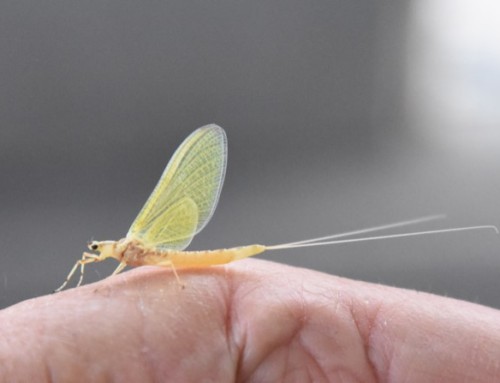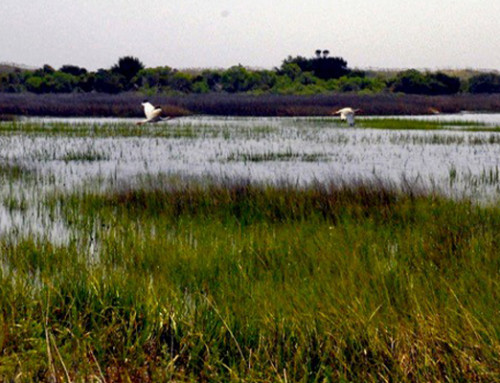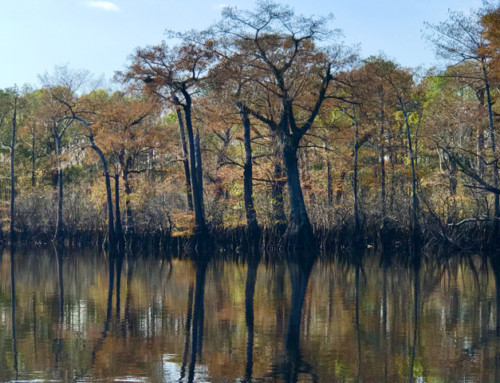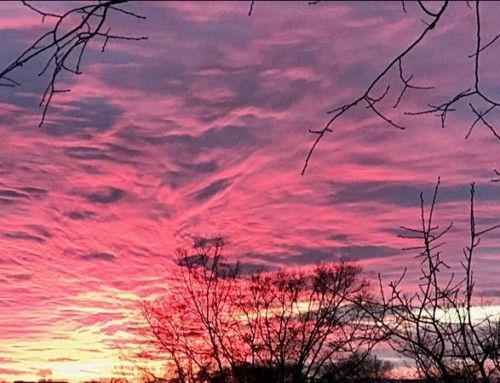A Photo Series from NC photographer and naturalist Tom Earnhardt
Nature’s Calendar
In recent days we have all experienced the gamut of emotions—sadness, anger, fear, anxiety, vulnerability, love, compassion and hope. Such feelings are not new, but they are now concentrated like never before. Even though we may be physically isolated, we are supported by our families, friends, and by an unseen army of community heroes. Support and solace can also be found in the natural world around us. Several of you have observed that springtime is your season of healing and renewal.
March and April are major transition months in natural North Carolina. It is the time of year when change is most visible. Gray/brown landscapes can turn chartreuse…and then green…in a couple of days. These transitions happen so fast that we see only a fraction of what is occurring just a few steps from our doors…and in the streams, fields and forests of our Tar Heel universe. While we are hunkered down, the natural world is still a very busy place!
Each plant and animal has a role in its community, “tasks” to perform and a reason to be here. As much as we know about quantum physics, artificial intelligence, and the cosmos, we still have much to learn from nature about collaboration on this tiny rock called Earth. Ever the optimist, I celebrate the extreme natural diversity found in North Carolina knowing that it improves quality of life and provides comfort for each of us.
After many years of observing North Carolina‘s “lifescape” (the interdependence of plants and animals), I still experience the same curiosity and awe that I felt at age 12. My passion is rooted in small farm ponds in the Piedmont, tiny trout streams near Brevard, tidal pools in Carteret County, the mysteries of a longleaf savanna, and the miracle of Appalachian wildflowers. As you will see in the images below, nature is already decorating the land, rehearsing songs and preparing for our return.
Health, hope and joy to you and your families,
Tom
Thankfully, bluebirds (photo #1) have become quite common across much of North Carolina, but our “bluest” bird, the blue grosbeak (photo #2), is also active in eastern and southern counties of North Carolina in early spring.


In normal weather conditions, two of our most elegant Lepidoptera, the delicate luna moth and tuxedoed zebra swallowtail emerge in early spring. I watched this luna moth emerge at the North Carolina Botanical Garden (Chapel Hill) and photographed these zebra swallowtails at Phelps Lake near Columbia, NC.


In longleaf pine forests near Sanford, you’ll see the “fiddleheads” of various ferns unfurling in late March. In the same places look for one of our most dazzling wildflowers, the 4-inch dwarf violet iris (Iris verna) emerging from the detritus of winter.


Even in our most urban heavily urbanized counties, I often see reminders, that humans (and farm animals) are not the only mammals using the land. We coexist with over 100 native mammals, including whitetail deer in Umstead State Park and the many black bear of eastern and western North Carolina. Both large animals are active in early spring.


Among the “coolest” Tar Heel mammals is the river otter (up to 30 pounds!). I photographed this character two weeks ago near Plymouth.

At the end of March, a newly arrived osprey couple in Bertie County, at the west end of the Albemarle Sound, is already squabbling over family meals and housekeeping chores.

I first discovered my passion for the outdoors looking for sunfish in Piedmont farm-ponds and for wild trout in clear streams near Brevard. The sight of this brown trout in Davidson River makes me happy!

During this time of transition, the great “winter flocks” of red-winged blackbirds and grackles begin to break up. Their close-quarter aerial acrobatics do not pass the test for “social distancing.” Stay safe, be kind, feed the birds and write to a friend.
More critters, plants and places coming soon…😊

All photos in this series are by Tom Earnhardt. Narration by Tom Earnhardt except slight editorial corrections






